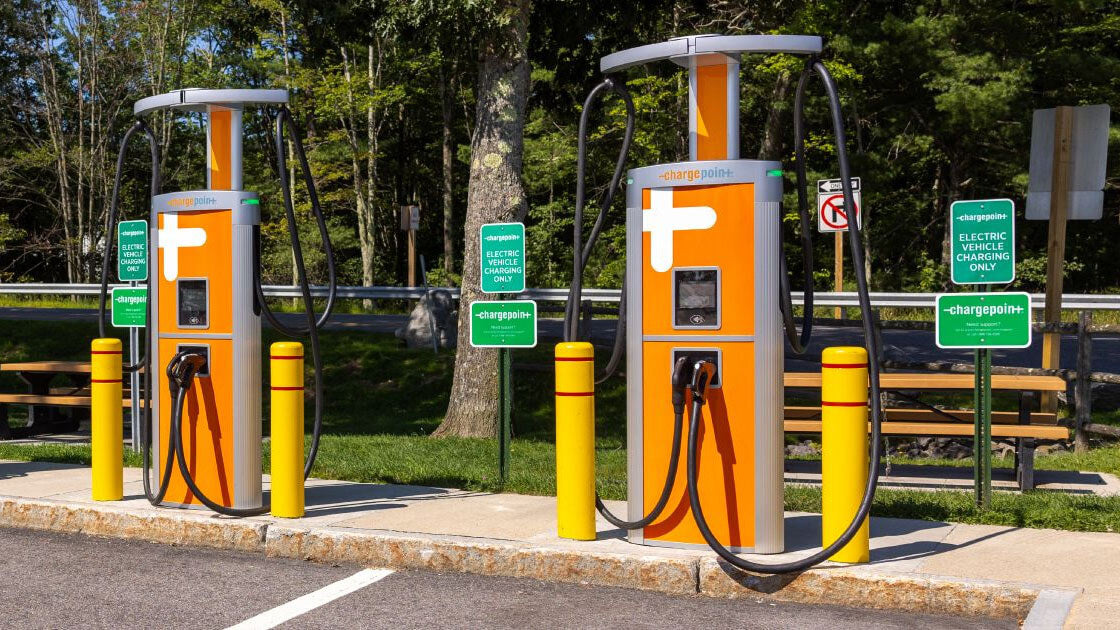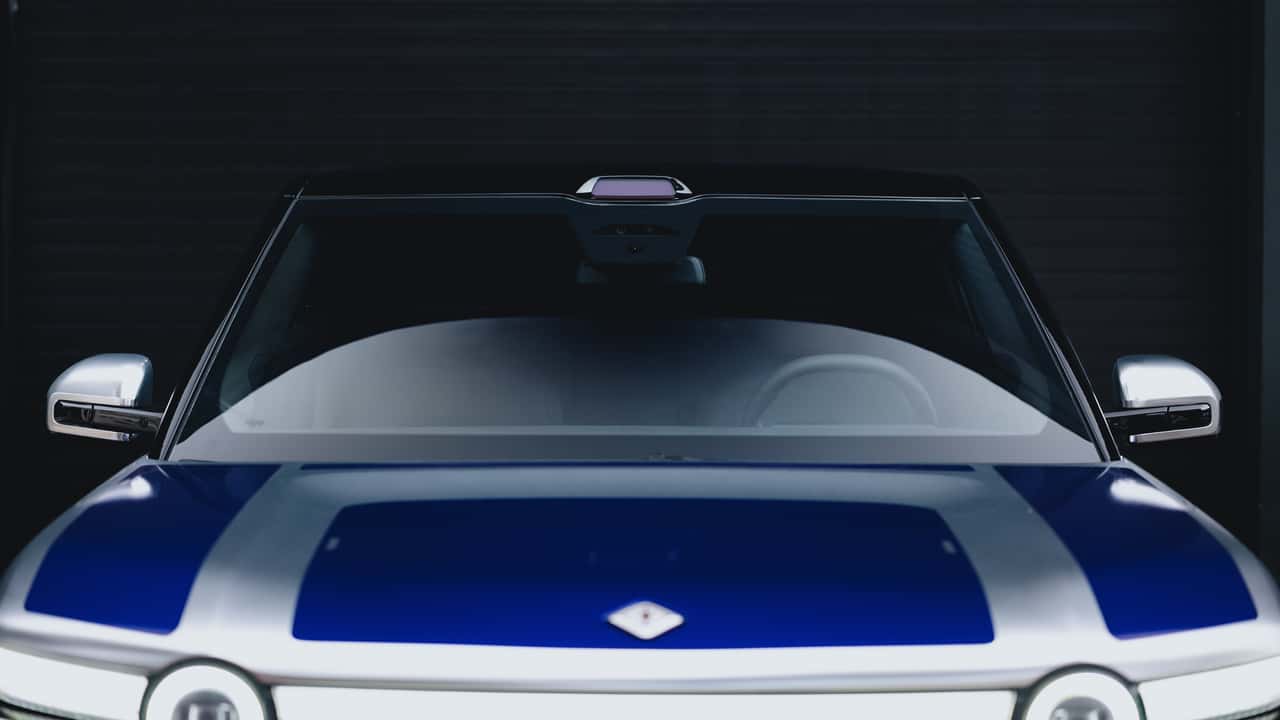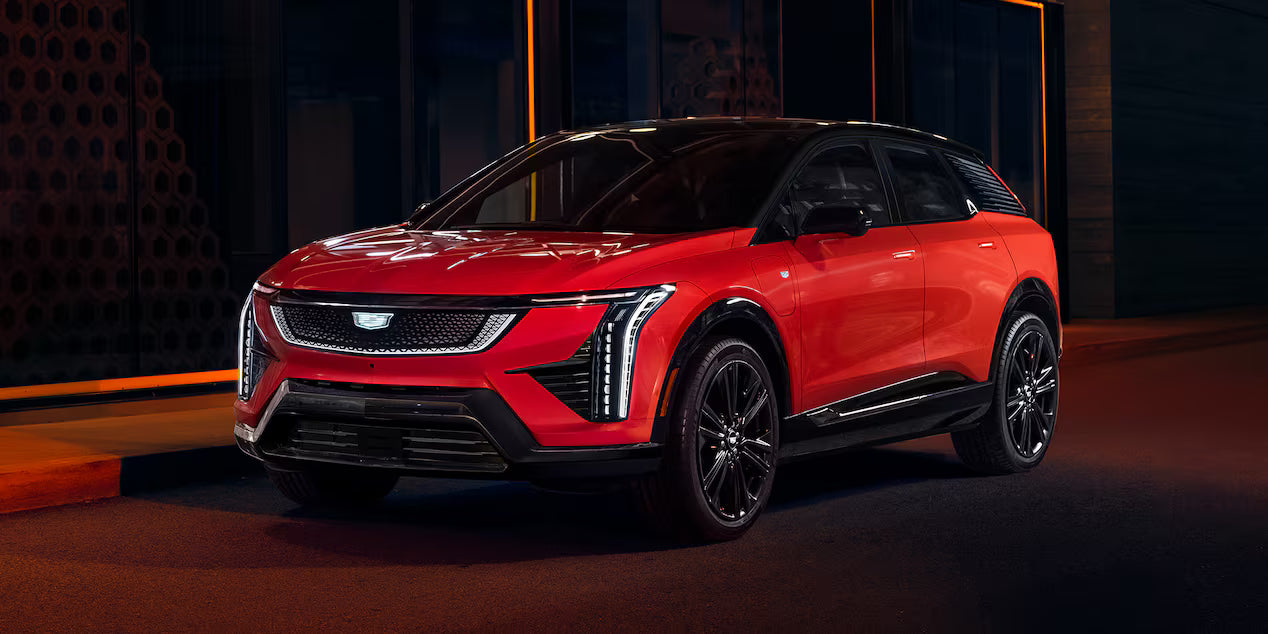L'Amérique du Nord connaît une forte augmentation des installations de bornes de recharge CCS
Selon les données récemment publiées par le Centre de données sur les carburants alternatifs (AFDC) du Département de l'Énergie des États-Unis, les États-Unis et le Canada ont déployé 229 bornes de recharge rapide CCS (Combined Charging System) en juin 2025, soit 800 points de recharge individuels . Cette évolution témoigne du développement continu des infrastructures pour véhicules électriques de niveau 3 sur le continent.
À titre de comparaison, en juin 2024, 185 stations et 545 bornes de recharge avaient été installées, ce qui représente une augmentation de 24 % du nombre de stations et de 47 % du nombre total de bornes CCS par rapport à l'année précédente. Bien que ces chiffres représentent une baisse par rapport aux chiffres exceptionnellement élevés de mai 2025, ils confirment une tendance à la hausse à long terme.
Qui peut utiliser ces chargeurs ?
Les nouvelles bornes CCS sont compatibles avec la plupart des véhicules électriques modernes de Ford , GM , Hyundai , Rivian , Polestar et autres. Cependant, plusieurs exceptions subsistent :
-
Les conducteurs de Tesla sans adaptateur CCS ne peuvent pas accéder à ces bornes. Certaines Tesla plus anciennes nécessitent également des mises à niveau matérielles.
-
Les Nissan Leaf , Mitsubishi Outlander PHEV et autres véhicules électriques conformes à la norme CHAdeMO ne sont pas pris en charge.
-
Certains véhicules électriques CCS plus anciens peuvent encore être confrontés à des limitations de connecteur physique ou de longueur de câble sur certains sites.
De plus, certains Superchargeurs Tesla équipés d' adaptateurs Magic Dock ont été inclus dans les données CCS de ce mois-ci. Ces unités sont conçues pour prendre en charge directement les véhicules CCS, bien que la longueur du cordon reste un problème opérationnel pour certains modèles.
Le rôle de Tesla dans l'écosystème CCS
Plusieurs Superchargeurs Tesla prennent désormais en charge la recharge CCS via Magic Dock, un adaptateur intégré permettant l'accès aux véhicules électriques non Tesla. Cependant, la plupart des Superchargeurs ne sont toujours pas équipés de Magic Dock.
Bien que Tesla prévoit d'ouvrir davantage de Superchargeurs v3 et v4 à d'autres constructeurs automobiles utilisant des adaptateurs NACS, ces emplacements ne sont pas reflétés dans le rapport spécifique CCS de l'AFDC. Pour une liste complète des stations compatibles Tesla, l' application mobile Tesla reste le meilleur outil pour obtenir des données de localisation en temps réel et filtrer les compatibilités.
Sites d'extension et de mise à niveau multiports
Il est important de noter que certaines des 229 nouvelles bornes répertoriées sont des sites rénovés , ce qui signifie que les anciens équipements ont été remplacés par des chargeurs plus rapides et plus fiables. À mesure que les fournisseurs de bornes de recharge modernisent leur matériel, le nombre de bornes par site continue d'augmenter, ce qui est essentiel pour réduire les embouteillages et améliorer l'expérience des conducteurs de véhicules électriques.
Les stations de grande capacité deviennent de plus en plus courantes, en particulier à proximité des principales autoroutes et des centres urbains, offrant souvent 6 à 12 points de recharge ou plus par emplacement .
L'évolution vers des chargeurs à double standard
Bien que le CCS demeure la norme dominante pour les véhicules électriques non Tesla, le connecteur NACS est de plus en plus adopté par l'industrie. Face à cela, de nombreux réseaux de recharge déploient des bornes de recharge bi-standard , capables de desservir à la fois les véhicules CCS et NACS.
Cela reflète une période de transition pour les normes de recharge des véhicules électriques en Amérique du Nord. Malgré l'initiative NACS de Tesla, le développement de l'infrastructure CCS reste essentiel, en particulier pour la majorité des véhicules électriques vendus à ce jour , qui sont basés sur le CCS.
Pourquoi le CCS continue de croître
La poursuite du déploiement des stations CCS en 2025 est une réponse aux conditions actuelles du marché :
-
Compatibilité des flottes existantes : la plupart des véhicules électriques sur les routes nord-américaines utilisent aujourd'hui le CCS.
-
Alignement des constructeurs automobiles : les équipementiers comme Hyundai et GM continuent de livrer des véhicules basés sur CCS, l'adoption du NACS se faisant progressivement.
-
Dynamique réglementaire et de financement : De nombreuses subventions publiques et projets d’infrastructures nécessitent le soutien du CCS.
Alors que le NACS est en plein essor, le CCS n’est pas près de disparaître , du moins pas à court terme.
Intégrité des données et ressources utilisateur
La base de données de l'AFDC constitue la base de ce rapport mensuel. Malgré des inexactitudes mineures, comme des doubles comptages ou des mises à jour mal classées, elle demeure la source de données la plus complète et la plus accessible au public sur les infrastructures de recharge de véhicules électriques en Amérique du Nord.
Pour des mises à jour en temps réel ou une recherche d'itinéraire, des outils comme PlugShare et l'application Tesla sont recommandés. De plus, les propriétaires de véhicules électriques souhaitant être informés des nouvelles stations CCS ouvertes peuvent s'abonner aux notifications gratuites sur EVPOV.com .
Charge en avant
Avec 229 nouvelles bornes CCS mises en service en un seul mois, le développement des infrastructures de véhicules électriques aux États-Unis et au Canada continue de dépasser de nombreuses prévisions. Malgré les interrogations sur la normalisation à long terme, les chiffres de juin 2025 confirment la résilience et l'importance de la recharge CCS dans le paysage nord-américain des véhicules électriques en pleine évolution.
Lecture recommandée : Les véhicules électriques Volkswagen devraient se connecter au réseau de superchargeurs de Tesla d'ici 2025








Partager:
Le Xiaomi YU7 Max ne répond pas aux attentes officielles en matière d'autonomie lors d'un test routier en conditions réelles.
Les prix des véhicules électriques d'occasion chutent rapidement : une excellente nouvelle pour les acheteurs avertis.